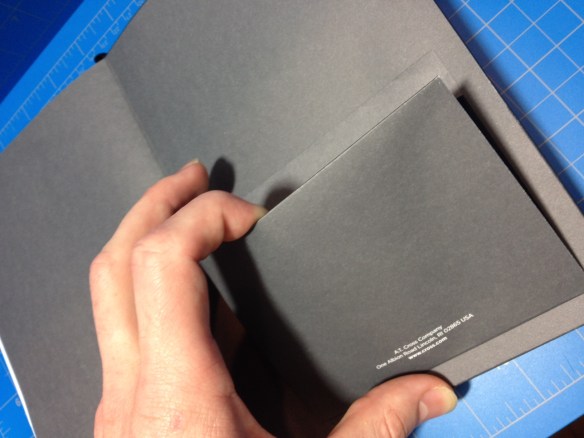When attempting to clean up and organize my books, I found I had (at least) three copies of The Little Prince (all 3 from various print runs). Seeing that I had so many copies of such an acclaimed book that I had never read, (and had been recommended to me a few times when out in the world selling my own books) I just had to put it into my to-read pile.

Slightly Higher in Canada
I knew very little of the book, save that it was an illustrated “children’s book” and the titular prince lived on a small planet (asteroid). And upon starting it up I was captivated from the dedication (a good dedication is something you don’t see very often). The story is simple: a pilot crashes in the desert and meets the little prince while trying to fix his plane. As they talk the pilot learns more about the prince, an astral child living in a world of whimsy (and adults “unfortunately”) and relays this information to the reader.
The first portion of the book, where the author is talking about himself and then meeting the Little Prince is thoroughly entertaining and engrossing. This wanes slightly as it moves into the mildly monotonous recitation of the prince’s adventures coming to and on earth. But it comes back with a wonderfully emotional, if heavily telegraphed, ending. And even if you don’t think it’s as great as I do, it is very short (after all, it is ostensibly a children’s book) and a good chunk of its page length is taken up by the illustrations.
Supposedly it is a children’s book, but I might have to disagree. While most morals in children’s literature are dubious, quite often the ones on display here aren’t particularly good. And I feel that the story wouldn’t resonate as much with children or early teenagers as it would with the adults it appears to me it was obviously written for. It’s a tale of childhood imagination and love made while the author had recently seen his country defeated by Nazis and was living discontentedly in the Americas. At the time the author was a man who was tired of “matters of consequence”, as it were.
And that desire to go back to being childlike doesn’t seem like something children would enjoy. Or if they picked up on the motifs, they might get the wrong idea. The flower (the object of the little prince’s affection) is selfish and harsh; friendship and taming are presented as strangely absolute but with little benefit to either party, and there is an overarching feeling of futility through it all. The world of selfish men, tipplers, businessmen, and kings (not forgetting the “negro kings” as it says) isn’t changed by the little prince, and while he “sees through it” it is obvious that “matters of consequence” do have consequences.
And the prince himself is a mysterious character. On his “planet” he is quite responsible, cleaning out the volcanoes, pulling up the baobab trees, and tending to the flower. But he suddenly leaves with little reason and shows almost no concern for the plight of others. He relentlessly asks questions until he gets a response but doesn’t answer any himself, and he takes actions only to further his own personal journey. And that might be indicative of many a young person, or the story must simply go on, but still, it is quite a contrast.
Even so I was very engaged with the story and enjoyed it the whole way through. The pilot and the prince both have a charm and personality that comes through the words. Of course I’m reading in English, so the original French may have been better or worse (how do I keep reading translated works?). And there’s a quality in it that just speaks to me both as an artist and a twenty-something.
So is it good? Yes. Would I recommend it? Probably, though it is a sad and longing book (my eyes blurred once or twice). Does it deserve all the praise? In a way, I don’t think it’s quite as good as many people do, but it is an excellently crafted work of literature and art as well as being a halfway decent children’s book. And as a creative person in either painting or prose (or both), it is almost a mandatory read. For others, there’s a lot to be found in this little book, and not a lot to be lost save an hour (and maybe some tears).







